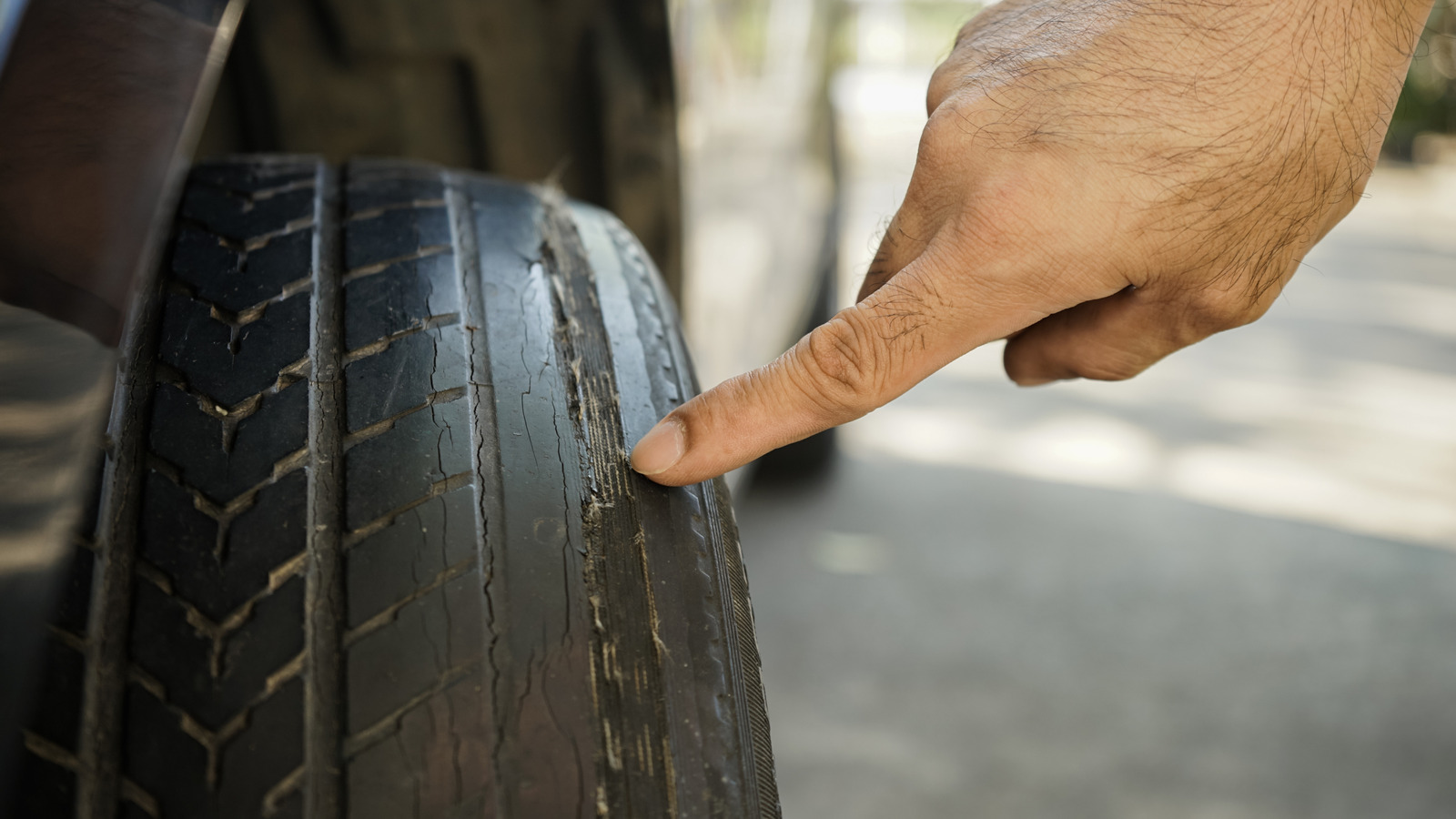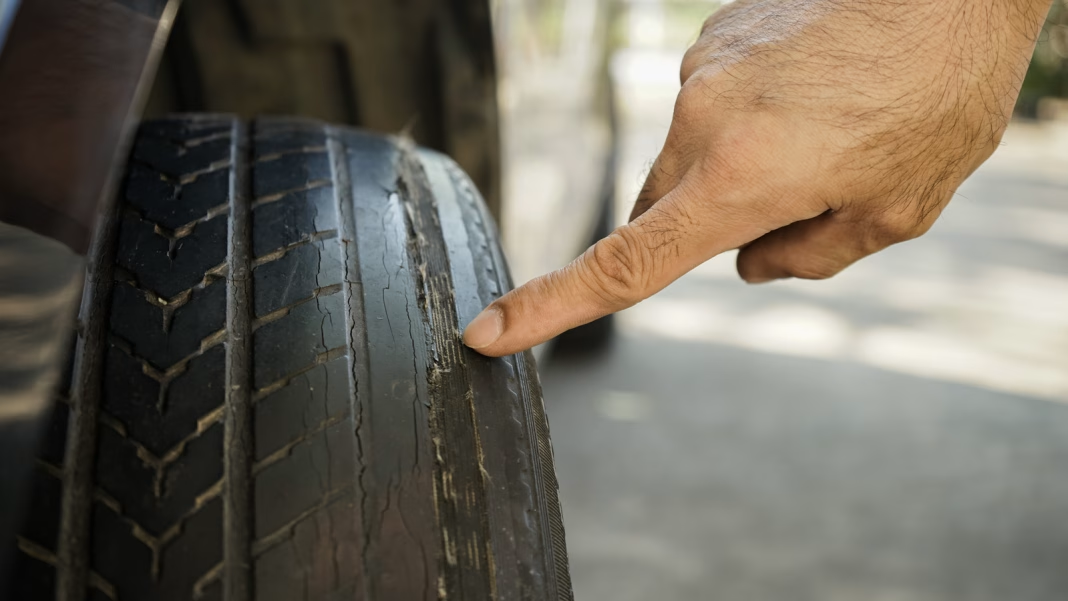Have you ever taken a good look at your tires and noticed that they seem to be wearing unevenly? Maybe one side looks like it’s been through a battle while the other side is still holding up well. It’s a common issue that can leave you scratching your head, wondering what’s going on. Let’s dive into the likely reasons behind this uneven tire wear and what you can do about it.
Understanding Tire Wear Patterns
Tire wear isn’t just a cosmetic issue; it can affect your vehicle’s performance, safety, and even fuel efficiency. When tires wear unevenly, it often indicates an underlying problem that needs attention. The most common patterns include:
1. **Inner or Outer Edge Wear**: If the inner or outer edges of your tires are wearing down faster than the center, it could signal alignment issues or improper inflation.
2. **Center Wear**: If the center of your tires is more worn than the edges, it might be a sign that your tires are overinflated.
3. **Cupping or Scalloping**: This irregular wear pattern can feel bumpy and is often caused by suspension issues or unbalanced tires.
So, what’s causing these patterns? Let’s break it down.
Alignment Issues: The Silent Culprit
One of the most common reasons for uneven tire wear is misalignment. When your wheels aren’t aligned correctly, it can lead to tires making contact with the road at improper angles. This misalignment can be caused by hitting potholes, curbs, or simply the wear and tear of driving.
If you notice that your vehicle pulls to one side while driving straight, that’s a strong indicator that your alignment might be off. Getting a professional alignment can help ensure that your tires wear evenly, prolonging their lifespan and improving your vehicle’s handling.
Tire Pressure: Too Much or Too Little
Tire pressure plays a crucial role in how your tires wear. Overinflated tires can lead to excessive wear in the center, while underinflated tires can cause the edges to wear down more quickly. It’s essential to check your tire pressure regularly, especially before long trips or when the seasons change.
Most vehicles have a recommended tire pressure listed in the owner’s manual or on a sticker inside the driver’s door. Keeping your tires inflated to the correct pressure not only helps with even wear but also improves fuel efficiency and overall safety.
Suspension Problems: More Than Just a Bumpy Ride
Your vehicle’s suspension system is responsible for maintaining tire contact with the road. If there are issues with components like shocks, struts, or springs, it can lead to uneven tire wear. For instance, worn-out shocks can cause excessive bouncing, leading to uneven contact with the road surface.
If you notice a rough ride or your tires are wearing unevenly, it might be worth having your suspension system inspected by a professional. Addressing these issues can make a significant difference in how your tires wear and how your vehicle handles.
Rotating Tires: A Simple Preventative Measure
Regular tire rotation is one of the simplest ways to promote even tire wear. By switching the positions of your tires, you can help ensure that they wear evenly over time. Most experts recommend rotating your tires every 5,000 to 7,500 miles, but it’s always a good idea to check your vehicle’s manual for specific recommendations.
Not only does rotation help with even wear, but it can also extend the life of your tires, saving you money in the long run.
The Big Picture: Regular Maintenance is Key
So, what’s the takeaway here? Uneven tire wear is often a symptom of larger issues like misalignment, improper tire pressure, or suspension problems. Regular maintenance, including checking your alignment, tire pressure, and rotating your tires, can go a long way in preventing these issues.
The big takeaway? Uneven tire wear isn’t just about aesthetics—it’s about ensuring your vehicle runs smoothly and safely. Start with one change this week, whether it’s checking your tire pressure or scheduling a rotation, and you’ll likely spot the difference by month’s end. Your tires—and your wallet—will thank you!


